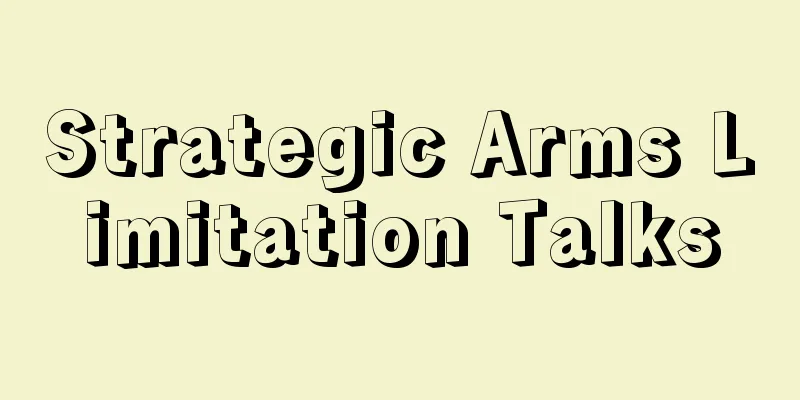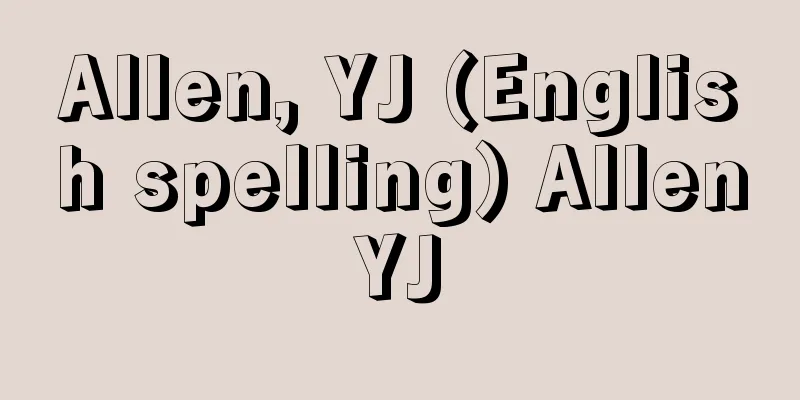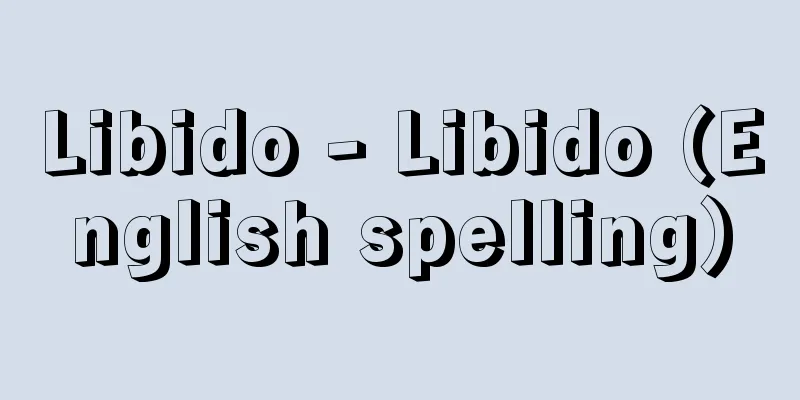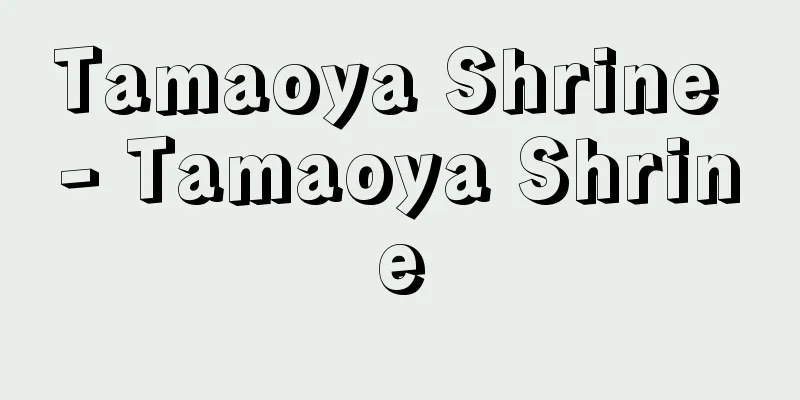Strategic Arms Limitation Talks

|
SALT is abbreviated as SALT. It was a negotiation between the United States and the Soviet Union aimed at quantitative restrictions on intercontinental ballistic missiles (ICBMs), submarine-launched ballistic missiles (SLBMs), bombers, etc. SALT-I, which began in 1969, produced the following two agreements on May 26, 1972. The first was the Treaty on Limitations of Anti-Ballistic Missile (ABM) Systems (commonly known as the ABM Treaty), which prohibited the deployment of ABM systems, with exceptions permitted for deployment in only two locations: capital cities and ICBM bases (100 each, for a total of 200). On July 3, 1974, the United States and the Soviet Union agreed to a protocol to the treaty, further limiting the deployment of ABM systems to one each in the United States and the Soviet Union (the treaty expired in June 2002). The other was the Interim Agreement on Strategic Offensive Arms Limitations, which set limits on the number of ICBMs and SLBMs that can be launched, and the number of submarines equipped with SLBMs. This set caps that froze the strategic offensive capabilities of both countries at their current levels, and at the time the respective numbers of ICBMs, SLBMs, and submarines possessed by the United States were 1,054, 710, and 44, while the Soviet Union possessed 1,618, 950, and 62. By restricting defensive weapons to a minimum and setting high caps on offensive weapons that could not even be considered limits, the United States and the Soviet Union institutionalized a nuclear deterrence system in a posture of mutually assured destruction in which each country held the other's citizens, society, industry, etc. hostage (the SALT-I agreement expired in October 1977). The second round of negotiations (SALT-II) began in December 1972, and an agreement in principle was reached in 1974. Negotiations continued to be difficult over the treatment of Soviet Backfire bombers and American cruise missiles, but the United States and the Soviet Union signed the Strategic Offensive Limitation Treaty (SALT-II) on June 18, 1979. Because the SALT-I agreement was criticized in the United States for granting the Soviet Union a numerical advantage, the SALT-II treaty set an equal upper limit on the total number of strategic weapons held by the United States and the Soviet Union. The total limit for ICBMs, SLBMs, heavy bombers, and air-to-surface ballistic missiles (ASBMs) was set at 2,400 (2,250 after 1981), with an upper limit of 820 MIRVed ICBMs, a total upper limit of 1,200 for MIRVed SLBMs and ASBMs, and a total upper limit of 1,320 for heavy bombers equipped with cruise missiles with a range of over 600 km. These were very high limits given the number of missiles and other weapons possessed by the United States and the Soviet Union at the time, and were not considered to be practical restrictions. The treaty was born after difficult negotiations amid a deterioration in U.S.-Soviet relations, but the Soviet Union invaded Afghanistan immediately after the treaty was signed, and the U.S. Senate terminated the ratification deliberations, so the treaty did not come into effect. The Reagan administration, which came to power in 1981, sought a comprehensive review of arms control negotiations, stating that SALT would not lead to disarmament and that the more negotiations continued, the more disadvantageous it would be to the United States. As a result, negotiations were suspended for more than two years, and were succeeded in 1982 by the New Strategic Arms Reduction Talks (START). [Nakae Masatsugu] "Tetsuya Umemoto, Nuclear Weapons and International Politics 1945-1995" (1996, Japan Institute of International Affairs) [References] | | | | | | |Source: Shogakukan Encyclopedia Nipponica About Encyclopedia Nipponica Information | Legend |
|
SALT(ソルト)と略称される。アメリカとソ連が、大陸間弾道ミサイル(ICBM)、潜水艦発射弾道ミサイル(SLBM)、爆撃機などの数量的規制を目ざして行った交渉。1969年から始まったSALT-Ⅰは、1972年5月26日に次の二つの取決めを生み出した。一つは、対弾道ミサイル(ABM)システム制限条約(通称ABM条約)で、ABMシステムの配備を禁止し、首都とICBM基地の2か所(各100基、計200基)だけの配備を例外として容認した。米ソは1974年7月3日、同条約の議定書に合意し、ABMシステムの配備はさらに米ソ各1か所に制限された(同条約は2002年6月失効)。もう一つは、ICBM、SLBMの発射基数およびSLBM搭載潜水艦隻数に上限を設けた戦略的攻撃兵器制限暫定協定である。両国の戦略的攻撃戦力を現状に凍結する上限を設けたもので、当時の両国の保有数はICBM、SLBM、潜水艦隻数はそれぞれアメリカが1054基、710基、44隻、ソ連が1618基、950基、62隻であった。防衛兵器を最小限に制限し攻撃兵器に制限ともいえない高い上限を設けることで、米ソは相互に相手国の国民・社会・産業などを人質にとる相互確証破壊態勢において核抑止体制を制度化した(SALT-Ⅰ協定は1977年10月失効)。 第二次交渉(SALT-Ⅱ)は1972年12月に始まり、1974年に取決めの原則合意にこぎ着けた。その後も交渉はソ連のバックファイア爆撃機とアメリカの巡航ミサイルの扱いをめぐって難航したが、1979年6月18日、米ソは(第二次)戦略的攻撃兵器制限条約(SALT-Ⅱ条約)に調印した。SALT-Ⅰ協定がソ連に数的優位を認めたとしてアメリカ国内から批判を受けたため、同条約は戦略兵器総数に米ソ同数の上限を設けた。総枠としてICBM、SLBM、重爆撃機、空対地弾道ミサイル(ASBM)の合計の上限を2400(1981年以降は2250)基機、その内枠として個別誘導複数目標弾頭(MIRV)化ICBMのみの上限を820基、これにMIRV化SLBMとASBMを加えた合計の上限を1200基、さらに射程600キロメートルを超える巡航ミサイル搭載の重爆撃機を加えた合計の上限を1320基機とした。当時の米ソのミサイルなどの保有数からみて非常に高い上限であり、実質的な制限とはいえなかった。米ソ関係が悪化するなかでの難交渉のすえに生まれた条約であったが、調印直後にソ連がアフガニスタンに侵攻、アメリカ上院が批准審議を打ち切ったため同条約は発効しなかった。1981年に発足したレーガン政権は、SALTを軍縮に結びつかず、また交渉するほどアメリカに不利になるとして軍備管理交渉の全面的見直しをはかった。このため交渉は2年以上にわたり休止した後、1982年から新たな戦略兵器削減交渉(START(スタート))に引き継がれた。 [納家政嗣] 『梅本哲也著『核兵器と国際政治 1945―1995』(1996・日本国際問題研究所)』 [参照項目] | | | | | | |出典 小学館 日本大百科全書(ニッポニカ)日本大百科全書(ニッポニカ)について 情報 | 凡例 |
>>: Strategic materials - strategic material
Recommend
Gregor, W. (English spelling) GregorW
...It is also called titanium. In 1789, the Briti...
QED - Qed
《 quantum electrodynamics 》⇒Quantum electrodynamic...
International Airlines
This refers to air transport operations that inclu...
Oguni [town] - Oguni
A town in Nishiokitama County in the southwest of ...
Pitch value - Onteichi
…The tuning used in music has evolved in pursuit ...
Hebbel - Christian Friedrich Hebbel
German playwright. Born as the eldest son of a po...
Atherosclerosis
Also known as atherosclerosis, atherosclerosis, an...
Power (English spelling) - power
The product of multiplying a number, variable, exp...
Alacaluf (English spelling)
An indigenous people who live in southern Chile, s...
Debris slope - Gansetsushamen
...On gentle slopes, rock masses cannot move and ...
AF-2
A compound that was used as a disinfectant. It is ...
Hawke, R.
...However, the shady circumstances of the govern...
Auction start decision
...(2) Method of seizure The method of seizure va...
Dux (English spelling)
Generally, it is a Latin word meaning "guide&...
Osabai - Osabai
…Another name for the god of rice fields. It is m...









![Furubira [town] - Furubira](/upload/images/67ccbfc30156a.webp)